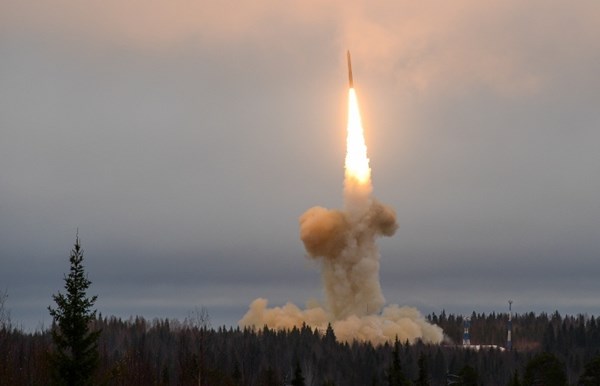International experts: Russia conceals true scale of missile explosion near Severodvinsk
After the explosions at the military test site near Severodvinsk, "several control stations of the international nuclear test monitoring system located in Russia, stopped working." This suggests that the Russian authorities are hiding the true scale of the incident, writes Deutsche Welle with reference to the Comprehensive Nuclear-Test-Ban Treaty Organization (CTBTO).
Experts note that there are seven radiation monitoring stations in Russia operating under contract with the CTBTO. After the incident, four to five of them. It is possible that the stations that could detect the radiation were disabled intentionally. Among them are two stations in the European part of Russia, in Dubna and Kirov, and Bilibino, Zalesovo, and the Peleduy stations on the East of the country, say the experts.
They believe that the failure of the stations is not accidental and is directly related to the explosion at the military range, as well as the reluctance of the Russian authorities to share information about the incident.
An explosion on the military range near Severodvinsk occurred on August 8. According to the Russian Federal Service for Hydrometeorology and Environmental Monitoring (Roshydromet) after the incident, the level of radiation in the surrounding areas exceeded the allowed limit by 16 times.
The explosion took place on August 8. The Russian state corporation Rosatom said that five of its employees had been killed and three injured. According to RBC, the casualties were Alexey Byushin, who was developing hardware and software; Yevgeny Korotaev, the lead electrical engineer; Vyacheslav Lipshev, the leader of the research and testing group; Sergey Pichugin, the engineer for category 1 tests, and Vladislav Yanovsky, the deputy head of the testing department. The people killed in the explosion were working on a state-commissioned project. The explosion led to a short-term contamination of the Arkhangelsk province.
